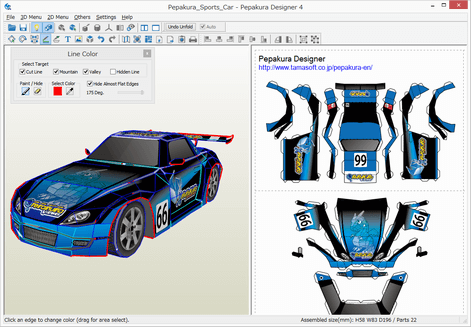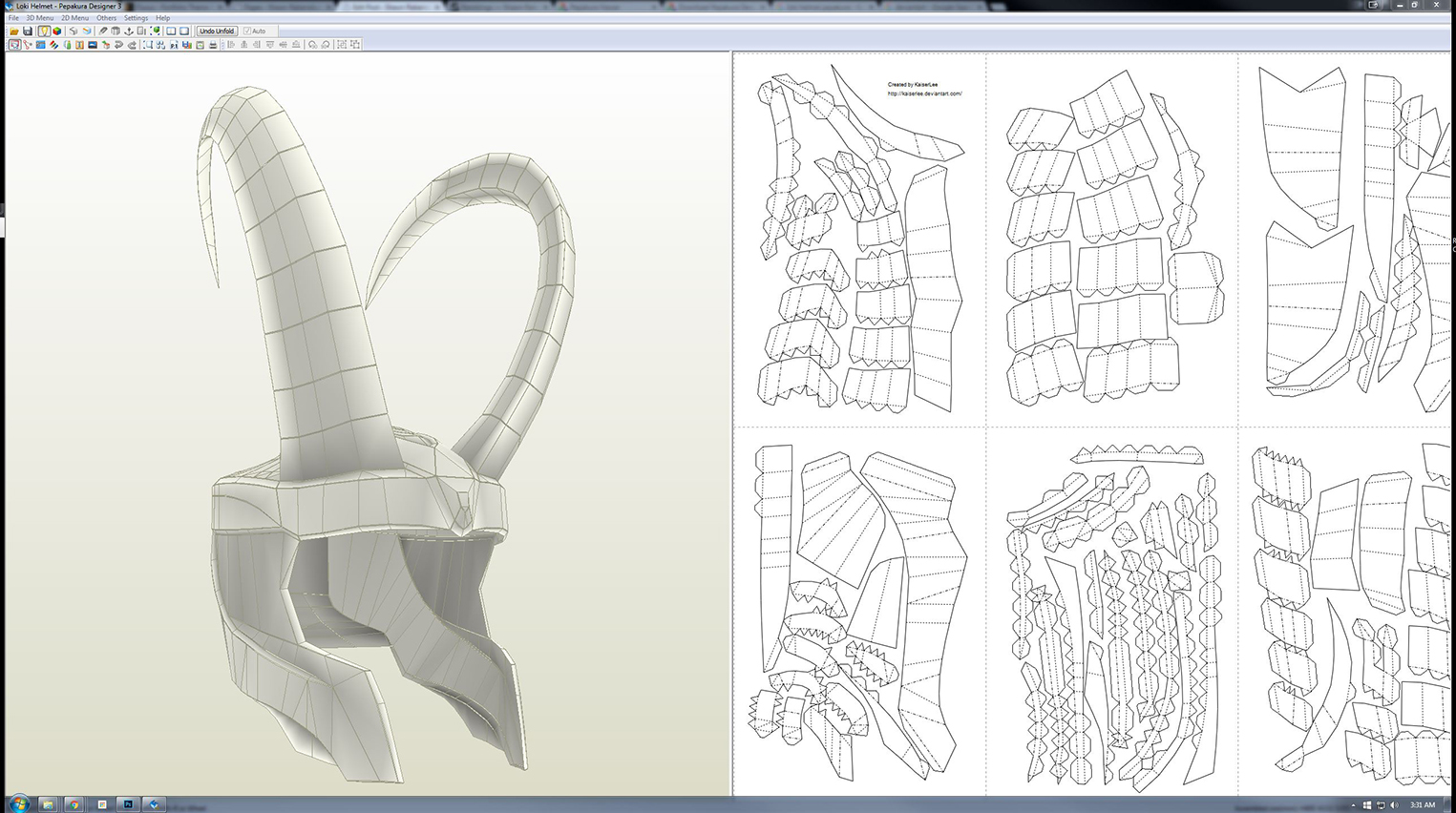
After fastening all the aluminium together the cardboard was removed and smart pixel led strip lights installed in each channel. Then we would assemble these together and cut lengths of aluminium LED diffuser channels to tape to the edges of the cardboard shape. To enlarge the design we projected the A4 plan through a roof mounted projector onto big fridge and bike boxes. As well as this big mask we make 3 GIANT versions in a barn on the Matamata festival site. As well as the human sized masks I build a huge version to stay in the lab for experimenting with projection mapping. After about 4 iterations I was happy with the design and sent the plans out to the festival precipitants so they could print out the plans on an A4 printer and build their own. After cutting and assembling there would be changes after testing by wearing and handling the physical object, then making adjustments back in the 3Dmodel. (which can be fast is you use the select by appearance function). To complete this step I had to import the svg files into Illustrator and convert the lines into the correct colour and line type for laser cutting.




Unfortunately, it's Windows-only and the file format has thus far been completely unknown. Pepakura is a very popular piece of software for translating a 3d model into a series of paper elements that can be printed and cut out, to rebuild said model.


 0 kommentar(er)
0 kommentar(er)
